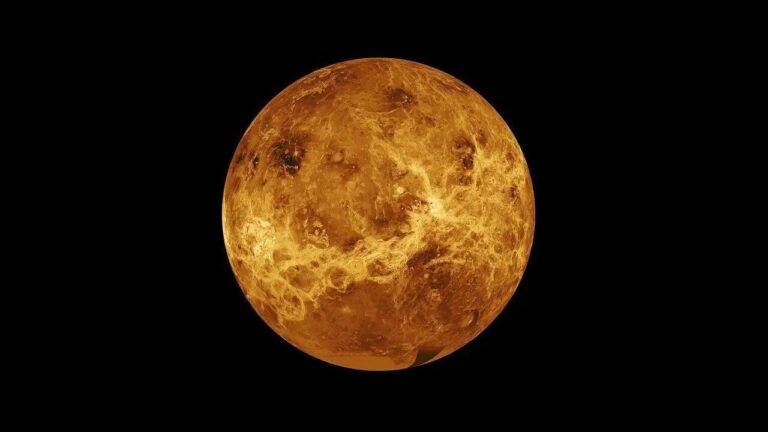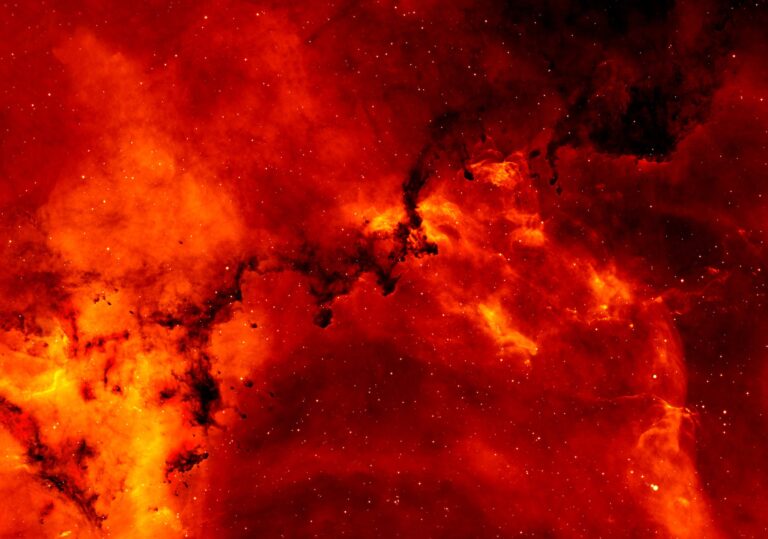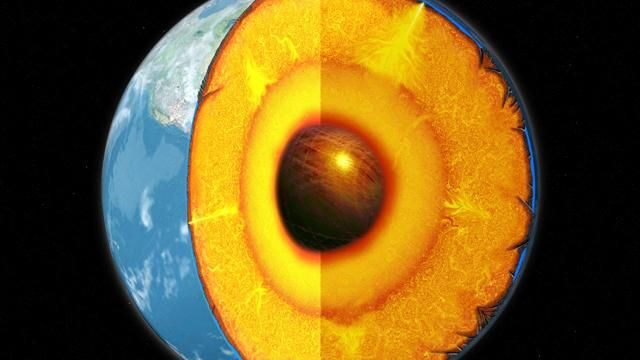Astronomers Confirm Black Hole Discovery

Ady Annuar is one of the astronomers involved in the work and revealed that it was a bit of a surprise when the existence of the black holes became apparent. He compared the discovery to finding a monster hiding under your bed.
“These black holes are relatively close to the Milky Way, but they have remained hidden from us until now. They’re like monsters hiding under your bed.” Ady Annuar
NGC 1448 and IC 3639 are unimaginatively named galaxies residing fairly close to the Milky Way and their nuclei correspond to the locations of the black holes.

NASA provided the university with the data that they gathered using nuclear spectroscopic telescopic telescope array orbiting observatory, or NuSTAR to make it easier. The researchers were not expecting to find the black holes when examining the data but they were pleasantly surprised when the calculations worked out. They couldn’t directly observe the black holes as they are shielded by huge clouds of dust and gas, but deep X-ray imaging has allowed the scientists to confirm the discovery.
The first galaxy they looked at, NGC 1448, is thought to contain a great deal of younger stars that average around 5 million years in age. This indicated to the scientists involved that the galaxy is still churning out stars, even if the nearby black hole is consuming all the matter around it. The researchers have confidently declared that the black holes pose no threat to humanity and are, in fact, extremely valuable for research purposes.
Black holes have been studied for many years although our knowledge is still fairly limited. We know that they are areas of space-time where the field of gravity is extremely intense and light is not able to escape. Theoretically, a mass can form a black hole if it is dense enough to bend space-time. We now know that huge stars can form black holes when they run out of fuel to burn and they collapse. The black hole can then expand by absorbing everything that lies around it.
“Just as we can’t see the sun on a cloudy day, we can’t directly see how bright these active galactic nuclei really are because of all of the gas and dust surrounding the central engine.” – Peter Boorman – University of Southampton
Black holes are not directly observable, but the effects of black holes on their cosmic environments can be easily recognized. They have very distinct reactions with radiation and matter and they are known to form discs similar to the Milky Way. Black holes are able to collide and create gravitational waves, as revealed in a discovery confirmed last year.
Supermassive black holes are the largest type of black hole that we have seen and they can be as massive as billions of stars. Most galaxies that we have observed have black holes in the center.

The scientific community was heavily involved in this discovery and Chandra observatory assisted by using their lower energy X-ray observation equipment. They have plenty of experience in mapping black holes cross the observable universe and have created images of the universe where super massive black holes are known to exist.
Check out my Facebook page for more.





